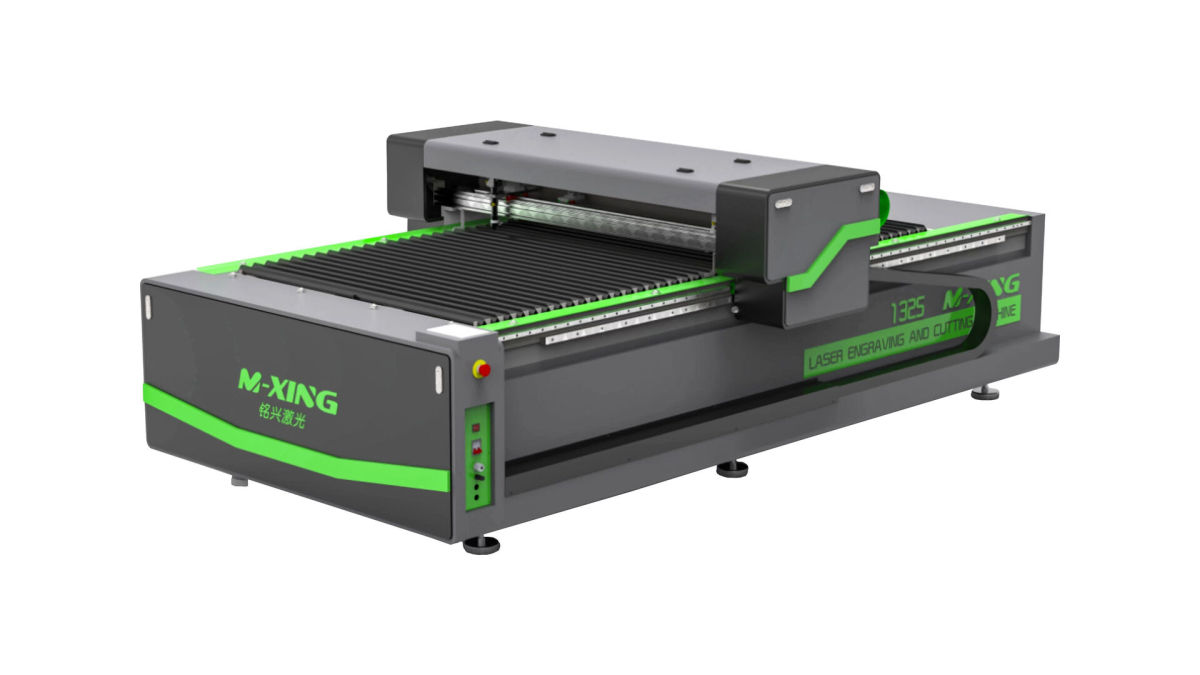Blog
CO2 laser engraving and cutting machines offer a precise and versatile solution for engraving, marking and cutting a wide range of materials. These industrial lasers utilize a carbon dioxide gas mixture as the lasing medium and emit infrared laser light that can seamlessly cut and engrave metals, wood, rubber, glass, stone and many plastics.

How CO2 Laser Cutting And Engraving Works
CO2 laser machines emit a high-powered infrared laser beam that converges on the target material, converting it into tiny particles that get blown away from the workpiece. For cutting applications, the laser rapidly scans across the material at high speeds, vaporizing a narrow kerf that creates a clean cut edge.
For engraving tasks, the laser beam scans the material surface in a controlled fashion following the desired pattern. The infrared light energy causes chemical and physical changes to the material that appear as marks, texts or graphic images.
Materials Compatible with CO2 Lasers
CO2 laser machines can process a huge variety of materials, including:
• Metals - Stainless steel, aluminum, copper and brass are commonly cut and engraved using CO2 laser technology. Metals require assist gas to blow away molten debris.
• Wood - All types of wood like plywood, MDF and hardwoods can be precisely cut and engraved by the CO2 laser beam. Masking is often needed to prevent burning or charring. Sometimes, we call co2 laser engraving cutting machine for wood.
• Rubber & Plastic - Both natural and synthetic rubber as well as plastics like acrylic, polycarbonate, PETG and nylon can be cut and marked by the CO2 laser.
• Composites - Fiberglass, carbon fiber and other composites with plastic or epoxy matrices are compatible with CO2 laser processing.
• Stone & Ceramic - Non-metallic materials like granite, marble, porcelain and tile can be engraved or cut but require slower speeds and more power.
• Glass - Most types of float, plate and tinted glass can be cut or engraved using a CO2 laser, which causes the glass to melt away cleanly.

Advantages of CO2 Laser Cutting and Engraving
CO2 laser machines offer several major benefits compared to traditional fabrication methods:
The laser beam can achieve precision down to 0.025 mm (0.001 in) or finer, yielding highly accurate cuts and engraved markings.
High-power CO2 lasers allow processing speeds of hundreds or thousands of inches per minute, providing throughput advantages over mechanical tools.
A single CO2 laser can cut and engrave an extensive range of materials with minimal setup changes between jobs, increasing flexibility.
Since the laser operates remotely using a beam, there is no physical wear on cutting or engraving tools, reducing maintenance needs.
Laser-cut edges remain burr-free with a smooth, consistent taper and high dimensional accuracy due to the machining precision.
The digital laser beam delivers highly consistent, repeatable results job to job due to its programmed precision.
CO2 lasers can easily integrate into fully automated, robotically controlled production lines for mass manufacturing applications.







